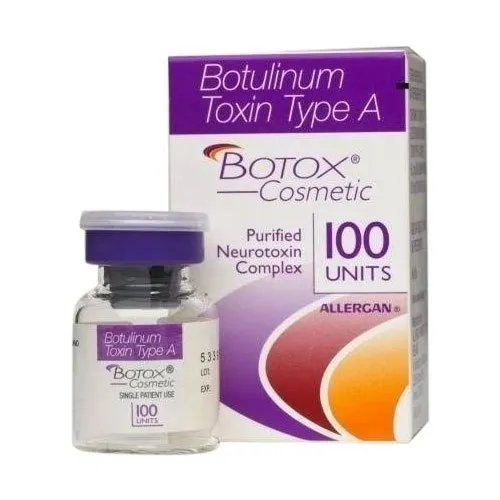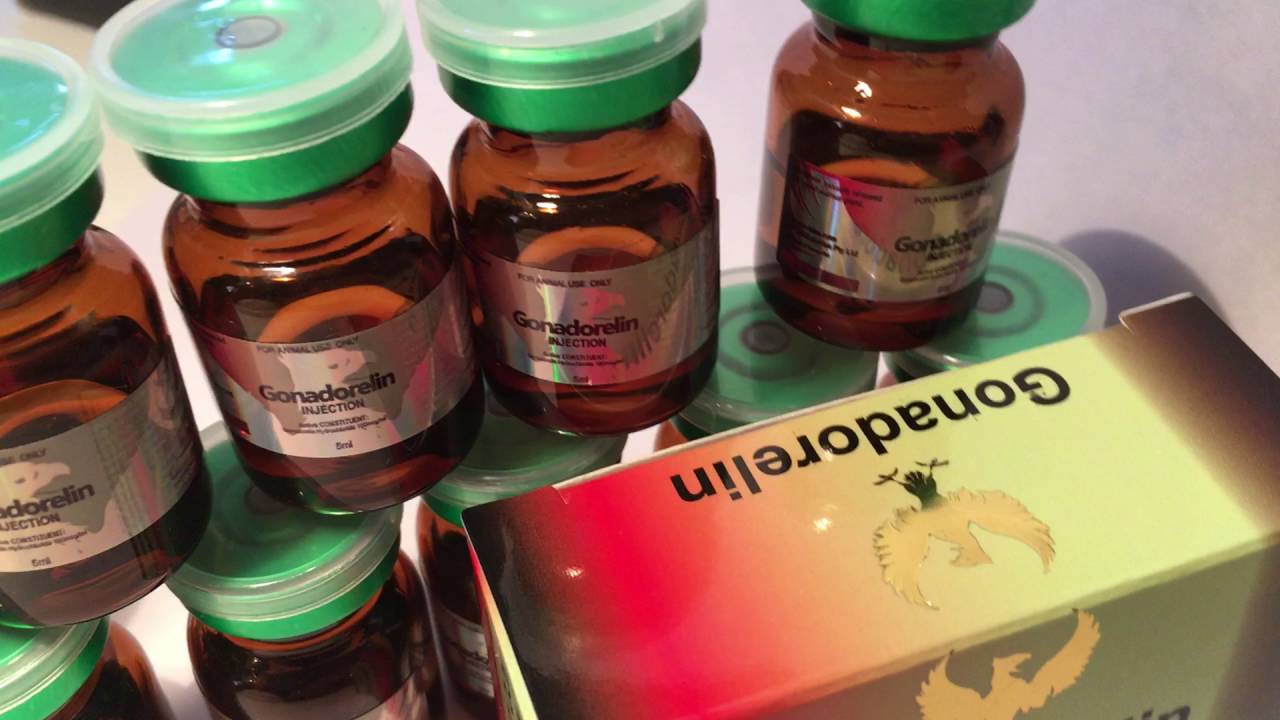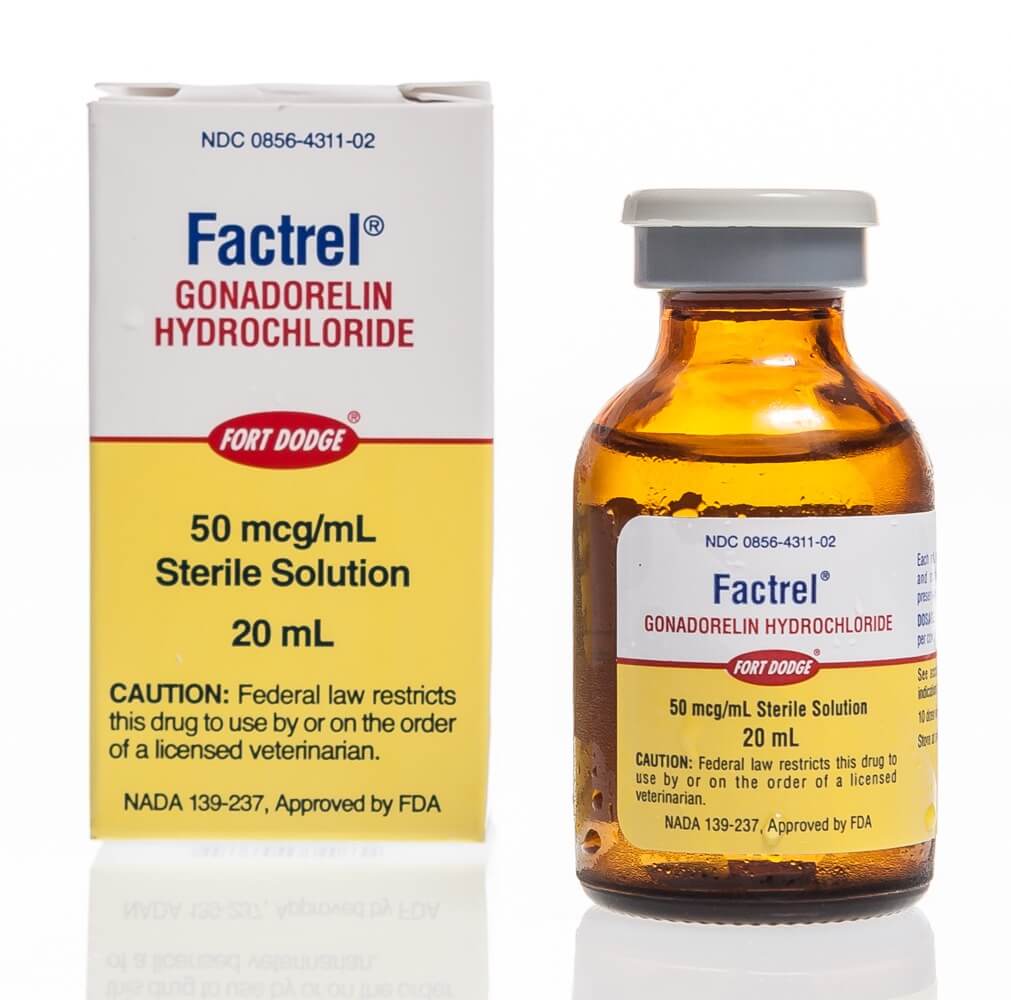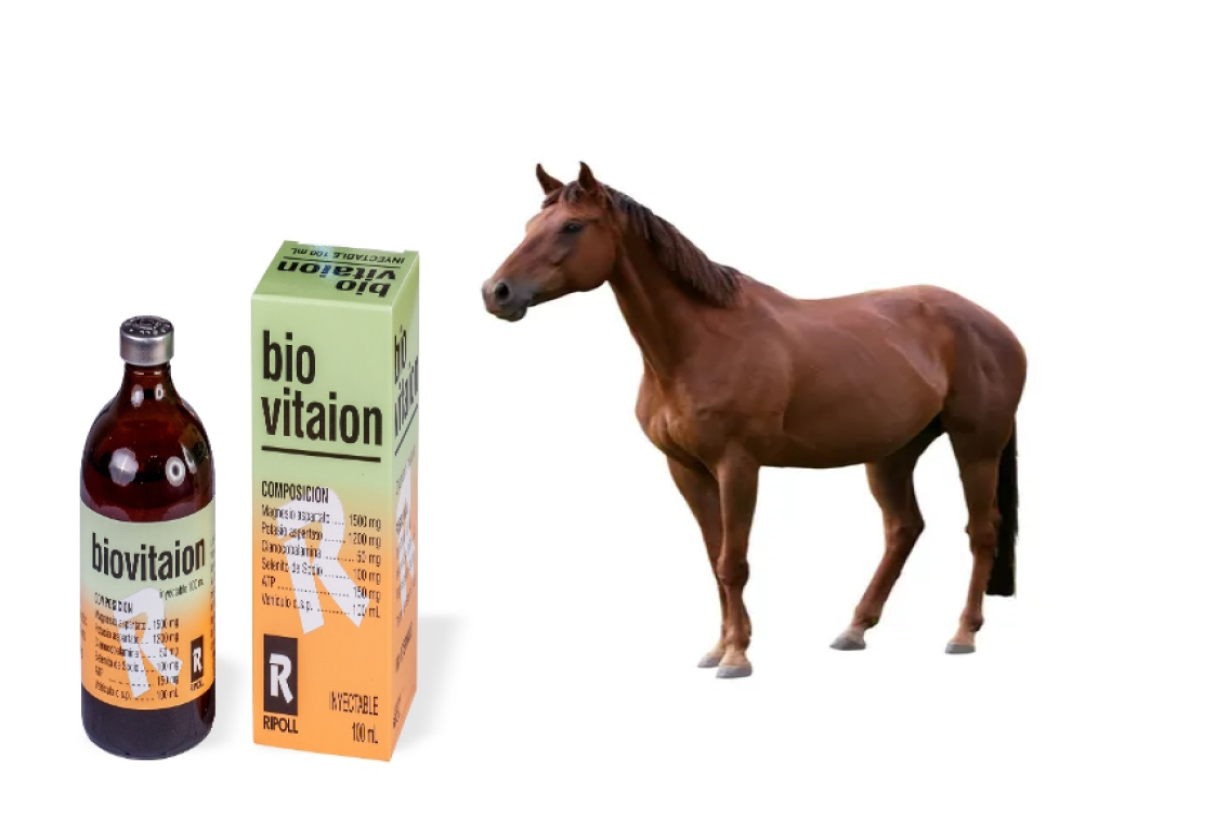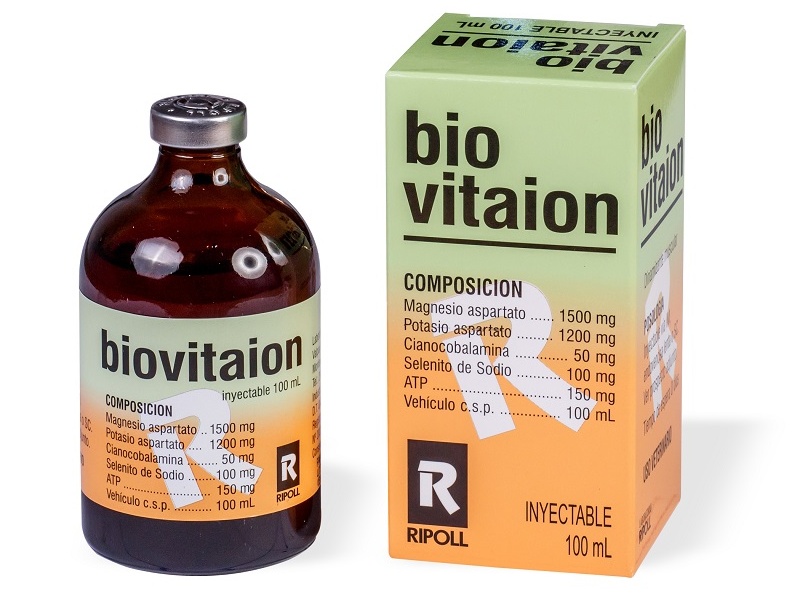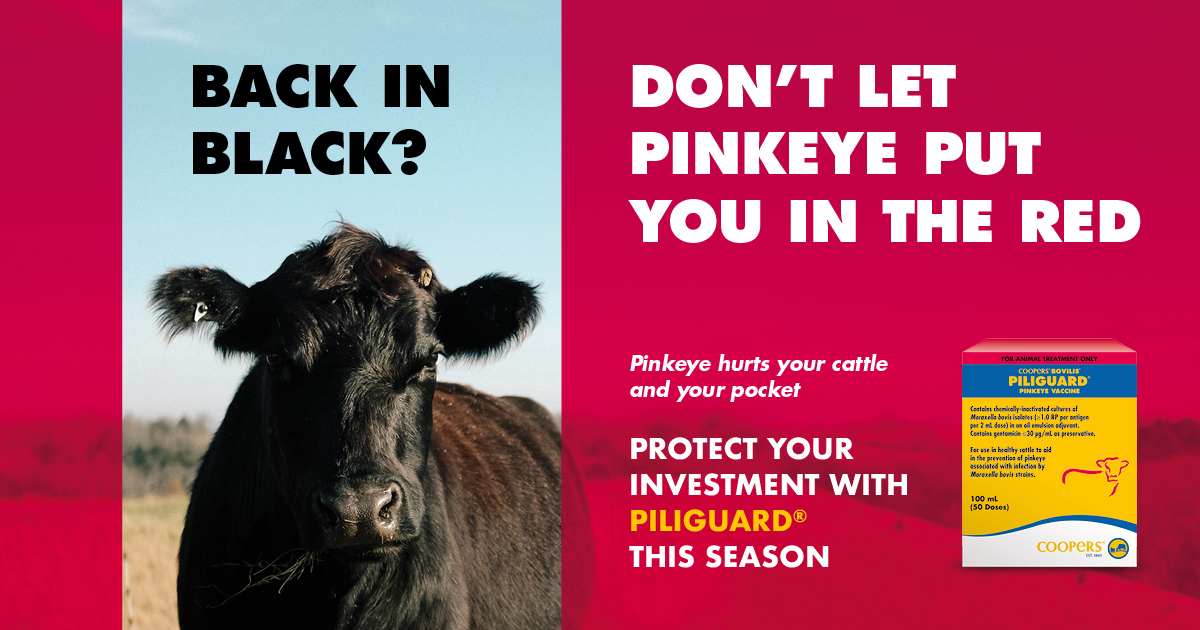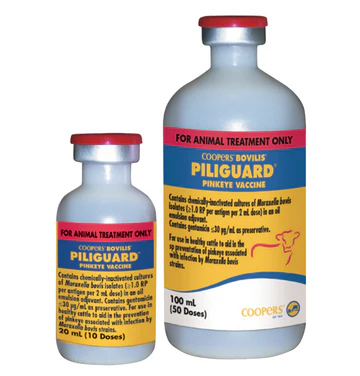Veterinary medicine has continuously evolved over the years, incorporating new methodologies and technologies aimed at improving the health and well-being of animals. One innovative approach that has gained traction is Bio Vitaion veterinary medicine. This holistic method focuses on rebalancing animals’ energy fields to promote better health outcomes. In this extensive guide, we will explore what Bio Vitaion is, how it works, its benefits, and provide insights into its application in veterinary practice.
What Is Bio Vitaion Veterinary Medicine?
Definition and Principles
Bio Vitaion is a form of energy medicine that operates on the premise that all living organisms have energy fields that can affect their overall health. It is based on concepts rooted in traditional medicine systems, such as Traditional Chinese Medicine (TCM) and Ayurveda, which emphasize balance within the body.
Bio Vitaion veterinary medicine specifically targets pets and other animals. It aims to identify and address imbalances in their energy fields, thereby facilitating natural healing processes. Practitioners utilize various techniques to assess energy levels and re-establish harmony within the animal’s body.
The Science Behind Bio Vitaion
While Bio Vitaion may seem unconventional compared to standard veterinary practices, it gets some backing from principles found in quantum physics. The notion that energy can affect matter is a significant underpinning of this field. In essence, Bio Vitaion aims to alter an animal’s energy vibrations, encouraging improved physiological function and healing.
The Mechanisms of Bio Vitaion
Energy Assessment Techniques
Bio Vitaion practitioners employ various methods to evaluate an animal’s energy state:
- Kinesiology: This technique uses muscle testing to discern energy imbalances. Practitioners may apply gentle pressure on the animal’s muscles while assessing reflexive responses to determine health issues.
- Biopulsar Technology: This advanced diagnostic tool measures the electromagnetic field around the animal. By interpreting the results, practitioners can identify areas of energetic imbalance.
- Pendulum Dowsing: Some practitioners utilize pendulums to tap into the energy fields of animals. The pendulum’s movements can provide insight into the animal’s health status and identify energy blockages.
Treatment Techniques
After assessing an animal’s energy state, the following Bio Vitaion techniques may be used:
- Energy Transfer Techniques: These involve the practitioner transferring their energy to the animal to release blockages and restore balance.
- Crystal Healing: Crystals are believed to emit healing vibrations that can be harnessed to benefit animals. Crystals can be strategically placed around the animal or incorporated into treatments.
- Sound Therapy: Certain frequencies of sound can have a calming effect and promote healing. Practitioners may use tuning forks, singing bowls, or other sound-emitting devices to facilitate treatment.
- Homeopathic Remedies: Homeopathy, a complementary approach to medicine, uses highly diluted substances to stimulate the body’s self-healing process. Bio Vitaion may incorporate individualized homeopathic remedies tailored to the animal’s unique energy profile.
Benefits of Bio Vitaion Veterinary Medicine
Bio Vitaion offers several benefits for pets, making it an attractive option for both pet owners and veterinarians.
Holistic Approach
One of the standout features of Bio Vitaion is its holistic nature. Rather than simply treating symptoms, this approach considers the whole animal — their physical, emotional, and energetic well-being. This comprehensive view can be particularly beneficial for animals experiencing chronic conditions that haven’t responded well to conventional treatments.
Non-Invasive and Safe
Bio Vitaion therapies are generally non-invasive and safe for animals. Many treatment methods, such as energy transfer and sound therapy, pose minimal to no risk, making them suitable for pets of all ages and health statuses.
Complementary to Traditional Veterinary Care
Bio Vitaion can be used in conjunction with traditional veterinary treatments. This integrative approach can enhance overall well-being and potentially improve the efficacy of conventional treatments.
Stress Reduction
Animals, like humans, experience stress and anxiety. Bio Vitaion therapies can help in alleviating stress, promoting relaxation and emotional stability in pets. This can be especially beneficial for animals undergoing medical treatments or those in challenging environments.
Enhanced Immune Function
By rebalancing an animal’s energy field, Bio Vitaion may help enhance immune function, allowing them to fight off illnesses more effectively. It’s an approach that aligns with the idea that a healthy energy field can contribute to a robust immune system.
The Role of Veterinary Practitioners
Education and Training
Veterinary professionals interested in incorporating Bio Vitaion techniques into their practice should pursue proper education and training. Specialized courses and certifications in energy medicine and Bio Vitaion can provide the knowledge and skills necessary to implement these methods safely and effectively.
Understanding Client Needs
As a veterinarian, it’s essential to have open communication with pet owners regarding their preferences for treatment options. Many pet owners are increasingly interested in holistic approaches, and being knowledgeable about Bio Vitaion can help you cater to these needs.
Integrative Veterinary Medicine
Veterinarians can play a vital role in promoting integrative veterinary medicine, where conventional and alternative therapies coexist. Discussing the potential benefits of Bio Vitaion with pet owners can empower them to make informed decisions about their pets’ health care.
How to Get Started with Bio Vitaion in Your Practice
1. Research and Understand the Principles:
As a veterinarian, begin by thoroughly researching Bio Vitaion and its principles. Familiarize yourself with the techniques and tools used in this approach to better understand how they can be applied in your practice.
2. Seek Training and Certification:
Consider enrolling in training courses focused on Bio Vitaion veterinary medicine. Look for reputable institutions or organizations that offer certifications in energy medicine and holistic veterinary practices.
3. Establish a Quiet Space for Treatment:
Create a serene treatment area in your practice where Bio Vitaion therapies can be performed. This space should be comfortable for animals and conducive to relaxation.
4. Communicate with Clients:
Engage your clients in discussions about Bio Vitaion and its potential benefits for their pets. Provide clear information about what to expect during treatment and answer any questions they may have.
5. Start Slowly:
Begin by gradually integrating Bio Vitaion treatments into your practice. Offer these services to clients who express interest, and gauge how well the treatments are received.
6. Monitor and Evaluate Results:
Track the outcomes of Bio Vitaion treatments and gather feedback from pet owners. This will help you evaluate the effectiveness of the approach and make any necessary adjustments to your practice.
Case Studies: Success Stories with Bio Vitaion
Case Study 1: Chronic Skin Conditions
A five-year-old Labrador Retriever named Max came to a veterinary clinic with chronic skin allergies that had not responded to traditional treatments. The veterinary team decided to explore Bio Vitaion therapy, examining Max’s energy field through kinesiology and pendulum dowsing.
After several sessions focusing on energy transfer and sound therapy, Max showed remarkable improvements. His skin condition improved significantly, and his overall energy levels increased. The pet owner reported a visible change in Max’s mood and behavior, as he became more playful and relaxed.
Case Study 2: Post-Surgical Recovery
A ten-year-old cat named Bella underwent surgery to remove a tumor. While recovering, Bella exhibited signs of distress and anxiety. The veterinarian introduced her to Bio Vitaion therapy to enhance her recovery.
By using calming sound therapy and energy transfer techniques, Bailey’s stress levels decreased. After a series of sessions, Bella began to eat better and regain her strength. The vet noted a quicker recovery time compared to other post-surgical patients.
Case Study 3: Joint Pain Relief
A twelve-year-old golden retriever named Daisy suffered from arthritis and joint pain. After trying various traditional treatments, her owner sought alternative therapies to improve her quality of life.
The veterinary team began integrating Bio Vitaion techniques, utilizing crystal healing and energy transfer therapies. Over several weeks, Daisy demonstrated increased mobility and less discomfort. The pet owner was thrilled to see a renewed spirit in Daisy, enabling her to enjoy walks again.
Addressing Common Concerns
Is Bio Vitaion Veterinary Medicine Evidence-Based?
While Bio Vitaion may not be accepted by all veterinary professionals, many practitioners believe in its benefits based on anecdotal evidence and positive outcomes reported by clients. The principles underlying Bio Vitaion align with various holistic and alternative healing philosophies that have been around for centuries.
Can Bio Vitaion Replace Conventional Treatments?
Bio Vitaion should be viewed as a complementary approach rather than a replacement for traditional veterinary medicine. It is essential to maintain open communication with clients and emphasize that Bio Vitaion works best alongside conventional treatments, not as a substitute.
Is Bio Vitaion Suitable for All Animals?
Bio Vitaion therapies are generally safe for animals of all ages and health conditions. However, veterinarians should apply discretion and evaluate whether a specific animal may benefit from such treatments based on their unique circumstances.
Conclusion
Bio Vitaion veterinary medicine is an innovative and holistic approach to improving the health and well-being of animals. By leveraging the principles of energy medicine, this method promotes healing, reduces stress, and supports overall vitality. As pet owners increasingly seek alternative therapies, veterinarians who embrace Bio Vitaion and other integrative practices can provide well-rounded care designed to enhance their pets’ lives.
If you’re a veterinarian considering incorporating Bio Vitaion into your practice, take the time to educate yourself, establish a suitable environment, and communicate openly with your clients. This endeavor has the potential to greatly enrich your veterinary care services and, more importantly, contribute to the well-being of the animals you serve.
By discussing areas such as how to get started with Bio Vitaion, the benefits of the practice, and providing case studies, this comprehensive guide aims to serve as a valuable resource for both pet owners and veterinary professionals. For additional information, feel free to visit our reference link for Bio Vitaion veterinary products here.
This extensive exploration of Bio Vitaion reflects the growing interest in holistic veterinary care and the desire of many pet owners to pursue alternative therapeutic options for their beloved companions.


